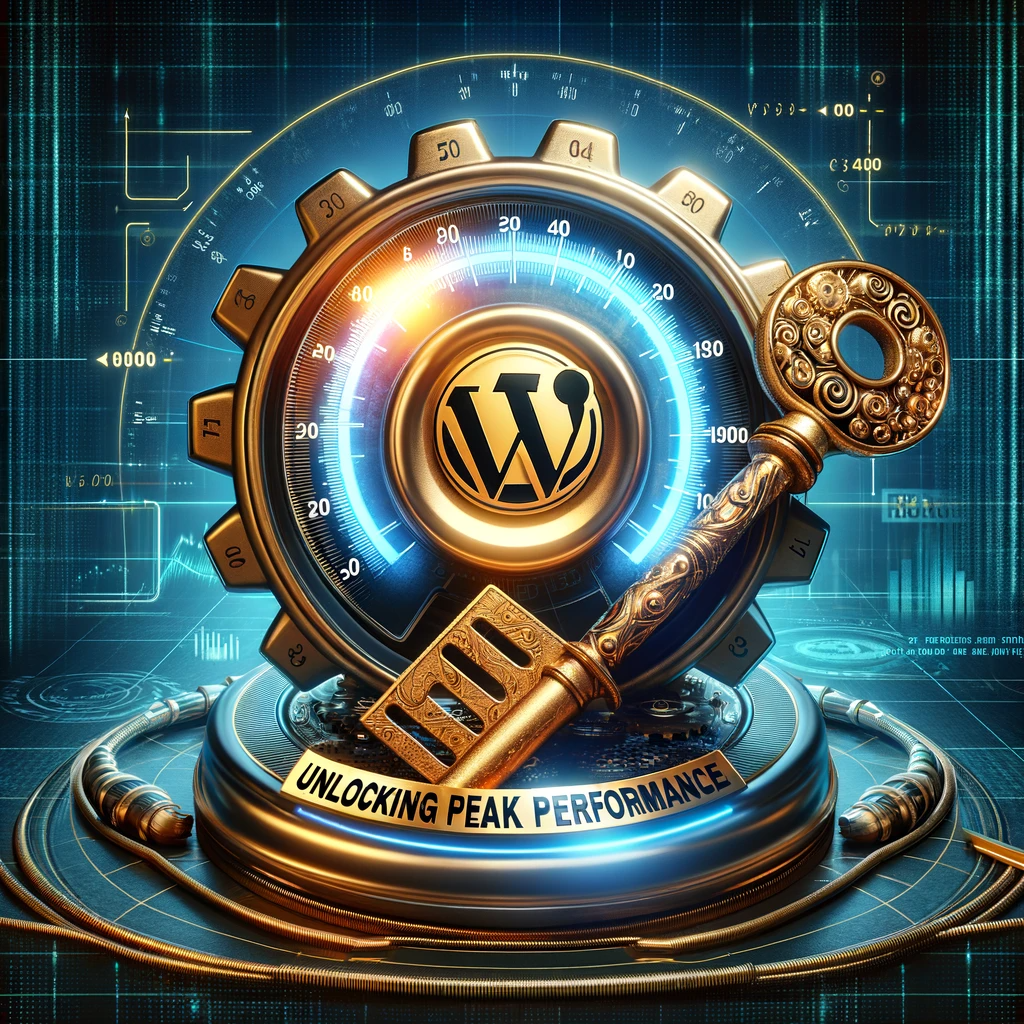In the digital age, a website’s performance can make or break its success. With users expecting lightning-fast load times and Google using speed as a ranking factor, optimizing your WordPress site is no longer just an option—it’s a necessity. In this comprehensive guide, we’ll explore the techniques to achieve a WordPress optimized site, ensuring peak performance that can significantly boost SEO rankings and enhance user experience.

Speed is the New SEO King
As search engines evolve, the emphasis on user experience has never been greater. Speed is at the forefront of this experience. A WordPress optimized site not only ranks higher in search results but also captivates users, reducing bounce rates, and improving the chances of conversion.
Choosing the Right Hosting
Your hosting provider is the foundation of your website’s performance. A WordPress optimized hosting solution should offer robust server resources, up-to-date technologies, and specific optimizations for WordPress. Companies like WP Engine, SiteGround, and Bluehost provide environments tailored to WordPress, with features like one-click installs, automatic updates, and expert support.
Themes and Plugins: Less is More
A lightweight, well-coded theme can make a world of difference. Themes with unnecessary bloat can slow down your site, while sleek, performance-oriented themes can provide a head start in loading times. Similarly, while plugins add functionality, they can also add overhead. Keep your plugin library lean by choosing multipurpose plugins that serve various functions without the need for additional extensions.
Image Optimization: A Picture’s Worth a Thousand Pixels
Images are often the largest files on a site, which can drastically affect load times. Optimizing images by compressing them and using the correct file formats can significantly improve speed. Tools like Adobe Photoshop, Canva, or plugins like WP Smush and EWWW Image Optimizer automate this process, maintaining image quality while minimizing file size.
Caching: The Need for Speed
Caching is a mechanism that stores a static version of your site, reducing the load on the server and speeding up access for visitors. A WordPress optimized site should utilize caching solutions like W3 Total Cache or WP Rocket to deliver content quickly.
Content Delivery Network (CDN): Global Speed
A CDN stores your site’s data across a network of servers worldwide, allowing users to download content from the closest server, reducing loading time. Services like Cloudflare and MaxCDN integrate smoothly with WordPress, ensuring that your site is fast for users no matter their location.
Regular Updates and Maintenance
WordPress, themes, and plugins receive regular updates that often include performance improvements and security patches. Keeping your WordPress environment up to date is crucial for a fast, secure website.
Performance Analysis: The Roadmap to Improvement
Tools like Google PageSpeed Insights, GTmetrix, and Pingdom offer invaluable insights into your site’s performance, providing actionable recommendations. Regularly analyzing your site’s performance helps you understand where improvements can be made.
SEO: An Ongoing Journey
WordPress optimization also involves SEO best practices. Utilizing SEO-friendly URLs, creating sitemaps, optimizing meta tags, and using structured data helps search engines understand and rank your content. Plugins like Yoast SEO can guide you through this process.
Mobile Optimization: A Mobile-First World
With mobile traffic dominating the web, a WordPress optimized site must be responsive. Google’s Mobile-Friendly Test can help you check your site’s mobile performance and visibility.
Security: Speed’s Silent Partner
A secure website is a fast website. Implementing SSL, using security plugins, and performing regular security checks can prevent malware that slows down your site. Services like Sucuri offer both security and performance optimizations.
Final Thoughts
Optimizing your WordPress site is a multifaceted process. It’s about choosing the right tools and applying best practices to create a site that’s not just fast but also secure, SEO-friendly, and user-focused. The journey to a WordPress optimized site may seem daunting, but the payoff in performance and user experience is well worth the effort.